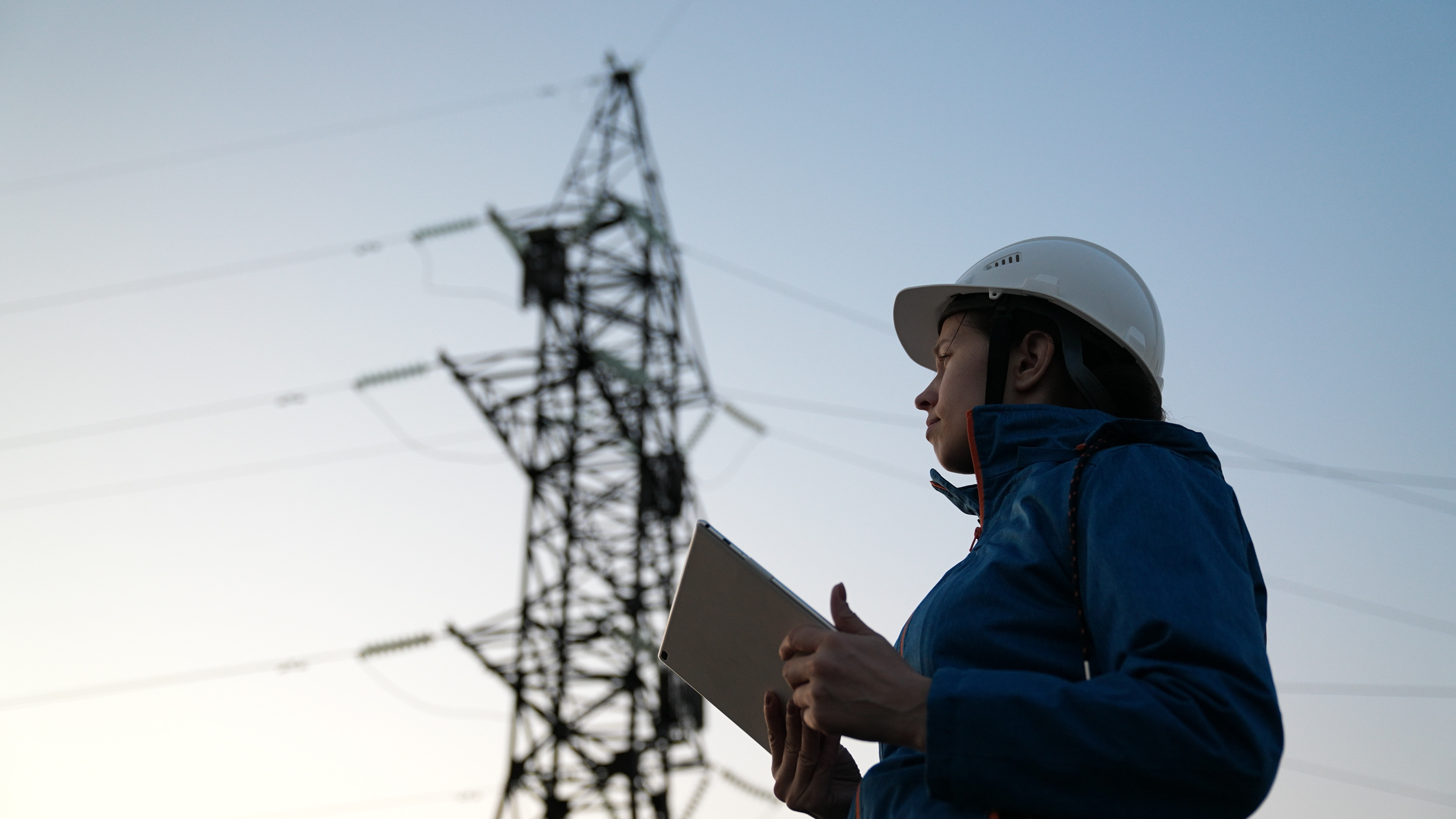This original article was first published on the Convenience Store News blog.
Will convenience store executives need to become full-fledged energy wonks to adapt to the fast-growing electric vehicle (EV) trend? Not necessarily, but they could make more informed decisions by learning about the technical side of the equation.
Here are a few variables that are worth tracking — even if your day job is more about accounting and business strategy than electrical engineering or grid management.
New Charging Designations
Lawmakers last year approved $7.5 billion for a network of up to half a million public EV chargers, but they want those funds to go to high-capacity, direct-current (DC) chargers only.
Ignore adjectives like "hyper-fast" or "lightning quick" in vendors' ads for DC chargers. When federal funds are in the mix, look for Level 3 equipment that meets the specifications spelled out in the National Electric Vehicle Infrastructure (NEVI) Formula program. At least for chargers intended for passenger vehicles, that means 150 to 350 kW per station.
Moving forward, DC chargers with capacities of less than that will most likely be used at retail or restaurant locations with average customer dwell times of more than 25 minutes. Faster-paced convenience stores will want equipment that meets the NEVI formula standard.
Additional requirements related to charger installation, maintenance and operation are part of the picture, too. Convenience retailers can consult with legal experts and electrical and mechanical engineers for the best way to win EV charging grants. Engineers also can discuss technical details that can greatly affect charging speeds, such as whether the equipment has standalone or split architecture.
The Role of Grid Capacities
The U.S. government wants EVs to make up half of all new vehicles sold by 2030 but, by some estimates, reaching that goal could require 20 times the roughly 160,000 public EV chargers in the country today — or about 3.2 million in all.
Where to put all those chargers? To start with, the government wants to see a minimum of four Level 3 chargers every 50 miles or so along the main travel corridors of the interstate highway system. The first round of EV charger funding focuses on that goal. Secondary highways will come later.
C-store chains could use the federal plan to decide where to open or remodel stores with EV charging programs. However, an important factor is whether local electrical grids will have enough juice.
Using a standard electrical outlet in a home garage, Level 1 chargers can take 20 to 30 hours to charge an EV. Level 2s use more powerful connections and can charge EVs in 4 to 10 hours. Level 3s can charge a passenger vehicle in just 20 or 30 minutes, but achieving that faster charge requires copious amounts of power. (As an aside, Level 3s could get even faster if a new crop of tech startups has its way; one already claims to be hitting 10 minutes per charge using a flywheel-based system.)
With each Level 3 charger at a convenience store site, the power requirements add up quickly. This is especially true if charging long-haul trucks is to be part of the mix. Served by 600 kW fast-chargers and up, they will have batteries of anywhere from 500 kilowatt hours (kWh) to 1 megawatt-hour (MWh) in size. For context, it takes a whole month for the average American house to consume about 890 kWh of electricity.
This all means that EV-centric convenience stores will have significant impacts on local grids. Fortunately, there are some ways to mitigate consumption at these sites. Fast-chargers can be designed to switch into power-sharing mode when charging levels get high across multiple ports. Let's say you have a charging station that maxes out at 350 kW, when second or third cars plug in to charge at other stations in the lot, the load is reduced across all the stations.
The goal is to apportion and balance the power being consumed. But according to the federal standard, Level 3s are always supposed to provide at least 150 kW of charging capacity, even when power sharing. So, when 10 stations are charging EVs at the same time, it still adds up to 1,500 kW — a huge electrical load for a single location, but less demanding on the grid than all of them running at a full 350 kW.
Collaborative Projects
As c-stores roll out fast-charging, they will need to collaborate with municipalities, utilities, electrical engineers and other experts to determine what is possible under growing constraints on the grid. Installing two Level 3 chargers may be viable at some sites, but not eight or 10.
Bringing technical knowledge to the table can help retailers choose their EV-charging equipment manufacturers, develop site plans and file utility service applications.
Unfortunately, determining grid capacity beforehand can be difficult, as most utilities will not share openly that a particular substation is nearly overloaded. Once c-stores apply, the utility will do a dedicated interconnection study and then deliver the results.
With the go-ahead in place, the retailer may need to add a new 480-volt, three-phase service to support Level 3 chargers. For new stores, it could be cost-effective to put in a combined service where the electrical feeder serves the Level 3s and then branches off to serve the building, rather than two separate services.
Lastly, retailers should game-plan scenarios of wider EV adoption. If the company believes the two chargers planned for a popular site could one day mushroom into 10, it may be cost-effective to rough in the extra conduit now, rather than tearing up the pavement later.
Over the decades, convenience store decision-makers have gained considerable competency in the economics, logistics and technologies of the gasoline business. Taking a parallel track today could be a good way to zip past their competitors in the race to capitalize on EVs.
Scott West has partnered with multiple retailers on electric vehicle charging projects in his role as a senior mechanical engineer, energy efficiency specialist and design lead at HFA in Fort Worth, Texas. He can be reached at scott.west@hfa-ae.com.








.jpg)
.jpg)



